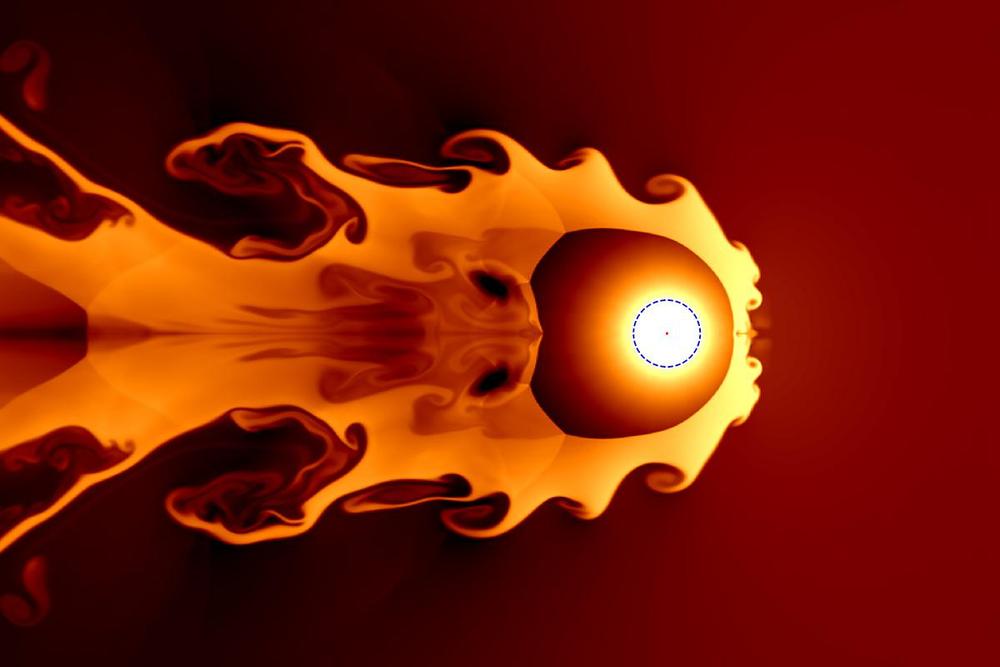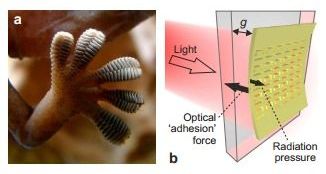Aug 19, 2020
Why creating life-saving drugs is a lousy bet
Posted by Derick Lee in categories: biotech/medical, business
In a bitter paradox, antibiotics fuelled the growth of the twentieth century’s most profitable pharmaceutical companies, and are one of society’s most desperately needed classes of drug. Yet the market for them is broken. For almost two decades, the large corporations that once dominated antibiotic discovery have been fleeing the business, saying that the prices they can charge for these life-saving medicines are too low to support the cost of developing them. Most of the companies now working on antibiotics are small biotechnology firms, many of them running on credit, and many are failing.
Paratek Pharmaceuticals successfully brought a new antibiotic to the market. So why is the company’s long-term survival in question?





 Circa 2017
Circa 2017










